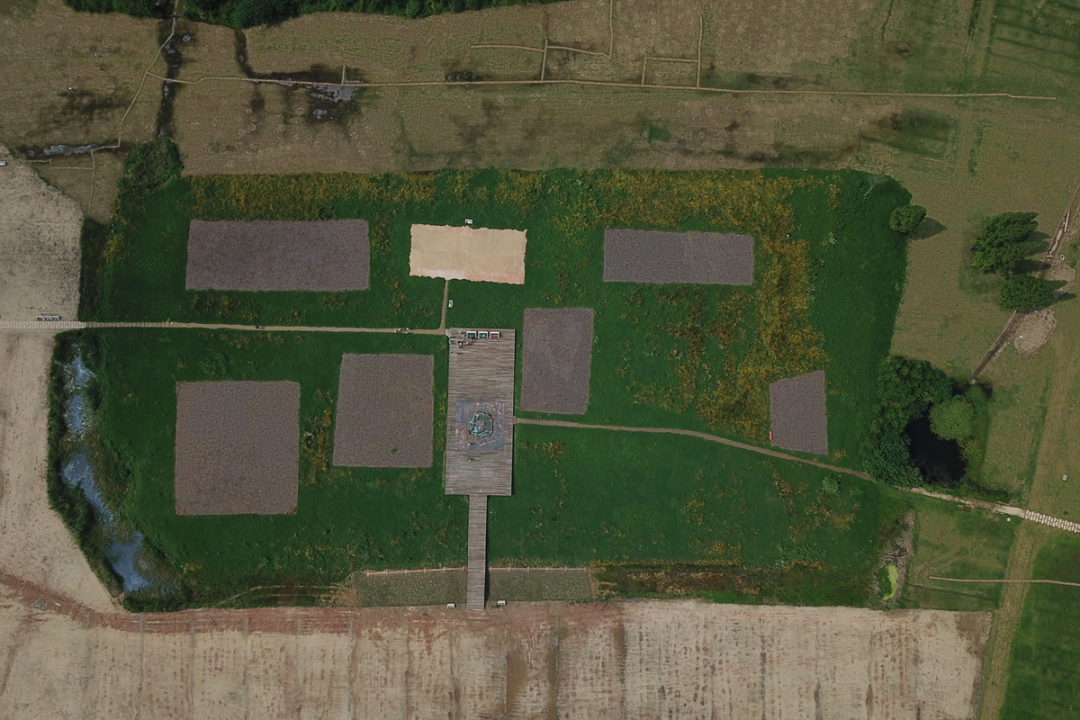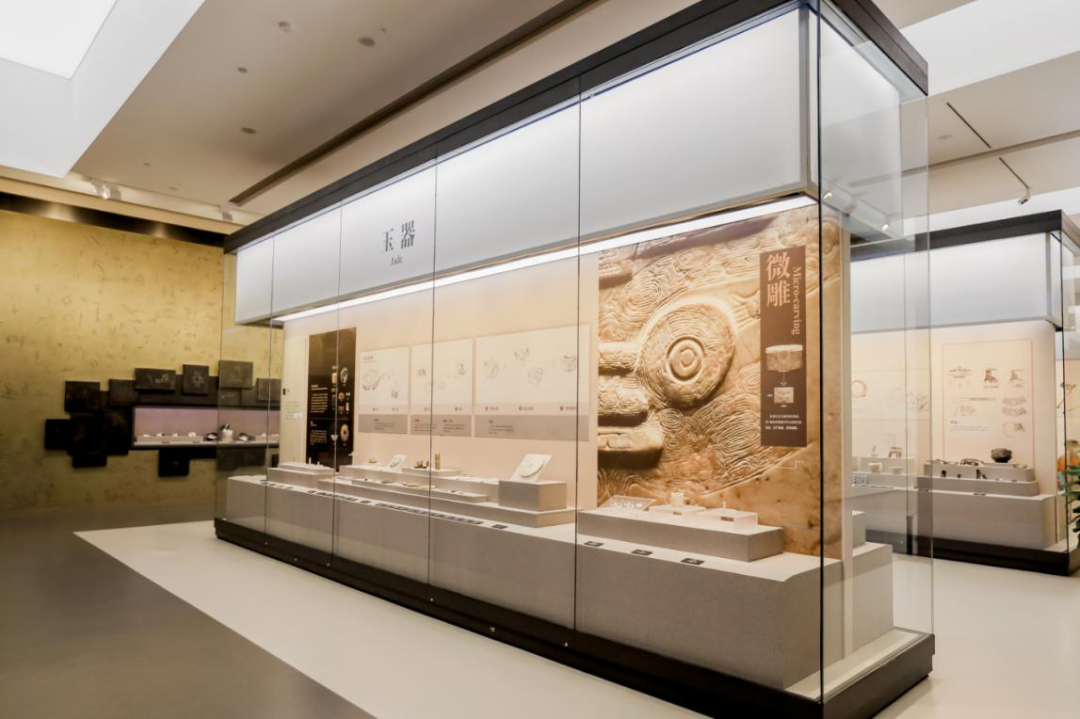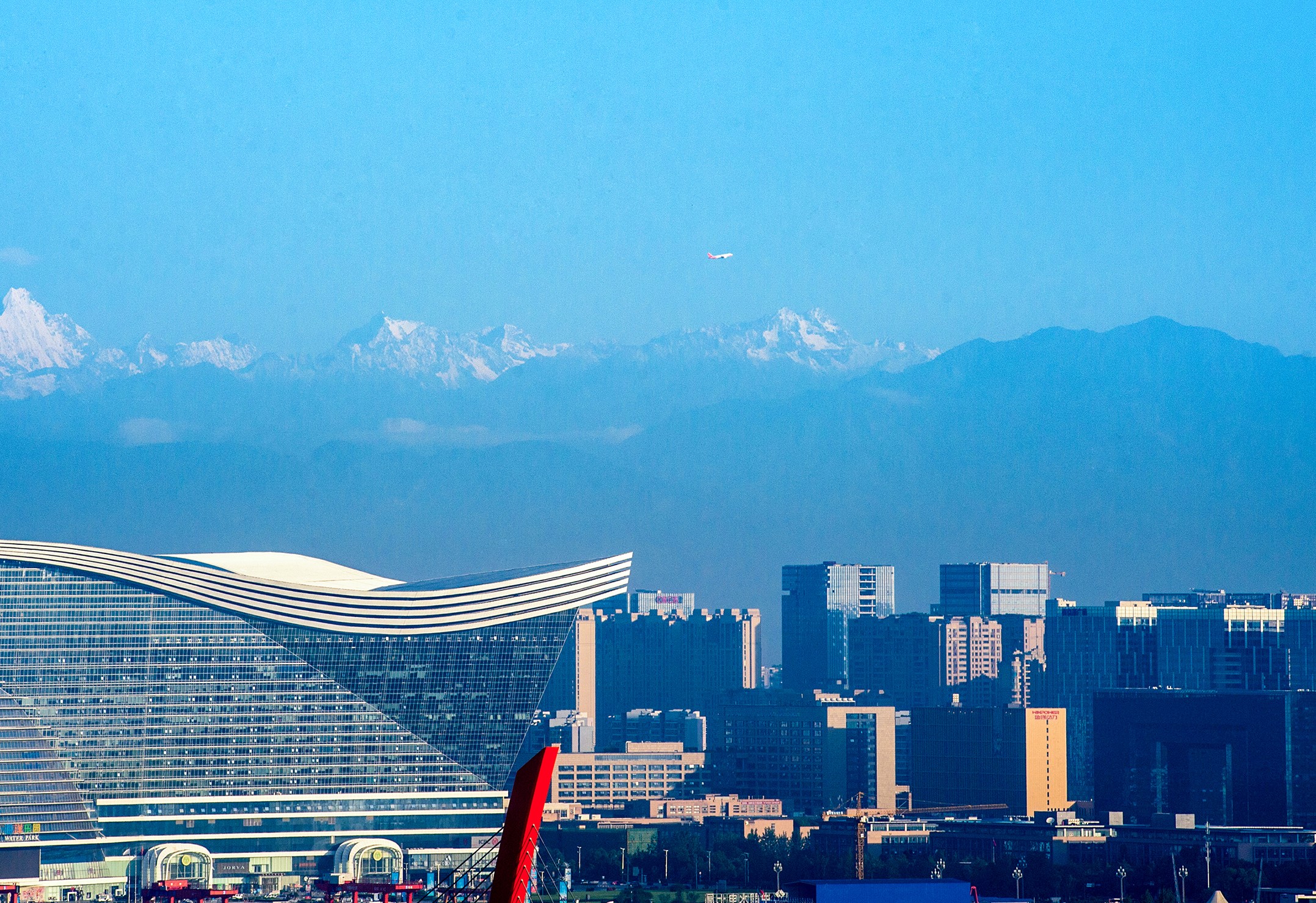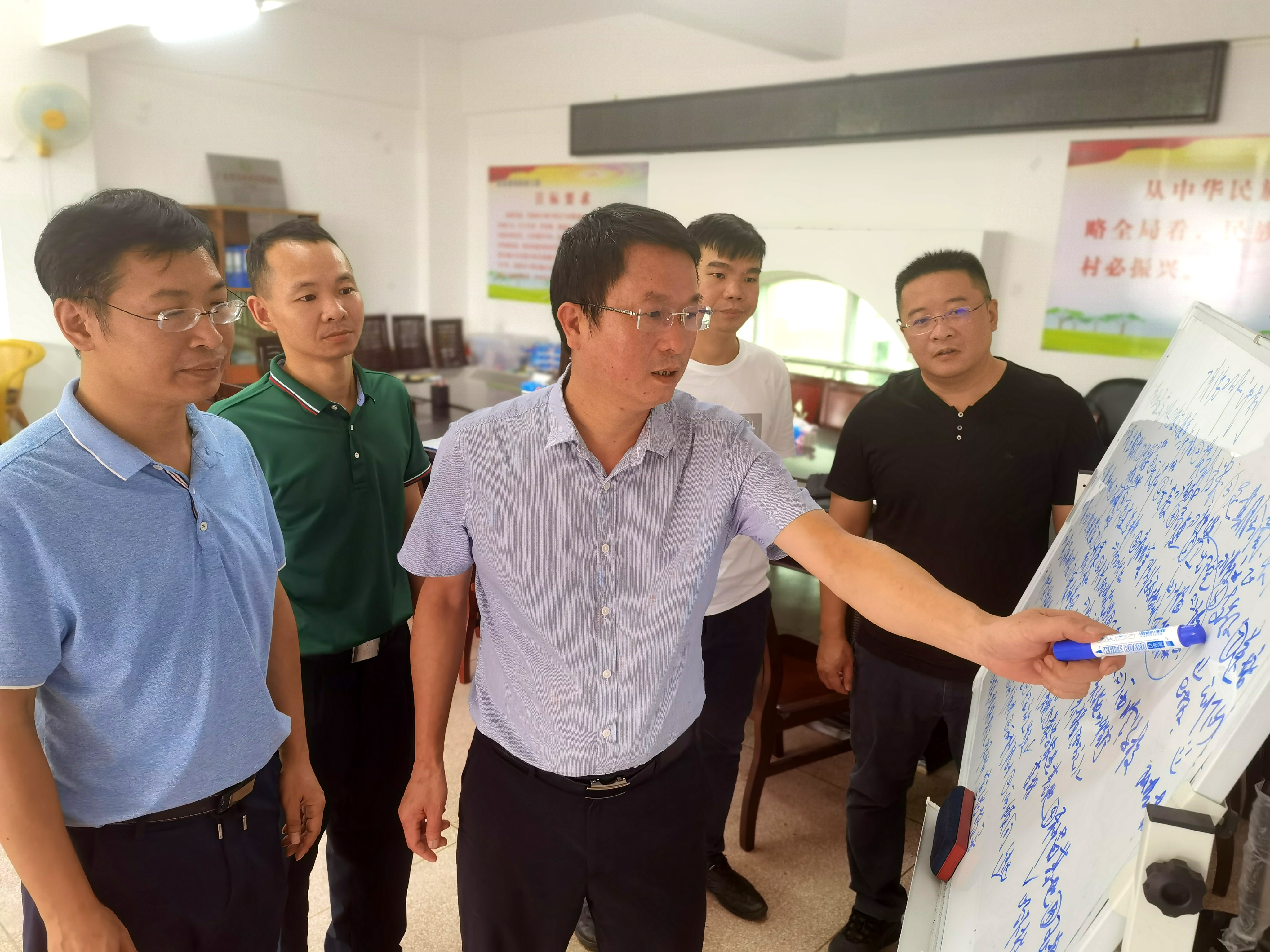Rice Civilization of the Middle School
Author:Seeking the network Time:2022.07.26
Entering the first exhibition hall of Liangzhu Museum, Shi Li and charcoal rice showcases were stopped during the Liangzhu culture period.


The picture shows the comparison display of carbonized rice and today's rice. Map of Liangzhu Museum
Agriculture is an important material foundation for civilization and development. During the Liangzhu Culture period, a new type of agricultural tools installed on the wooden plow -Shijie was widely used, replacing the pupae and puppets used for single -point cultivation, from intermittent soil to continuous soil, which changed the paddy field. The physical structure of the soil has effectively enhanced the fertility of the land and can be called an important technological revolution in the history of prehistoric agricultural development. A large area of rice fields with continuous fillets appeared, and the paddy field irrigation system was more complete, which greatly improved the scale of large -scale production of rice. According to estimates, the average rice output of rice during the Liangzhu culture was as high as 140 kg, and rice became the main food for the Liangzhu ancestors. A large paddy field site was found in the Maoshan ruins of the ancient city of Liangzhu. The layout was regular. The fields were clearly visible. It has a very complete irrigation system with a total area of more than 80 acres.


The picture shows the palace area of the Liangzhu National Archaeological Site Park in Hangzhou, Zhejiang Province. Xinhua News Agency reporter Huang Zongzhi/Photo
It is very interesting that no marks of rice production in the ancient city of Liangzhu so far, but found a huge amount of charcoal rice rice. Only the site of the Chizhong Temple is distributed with more than 5,000 square meters of rice relics. More than 400,000 pounds. According to the 20,000 residents of the ancient city of Liangzhu, 3,000 villages and 800 square kilometers are required. The periphery of the ancient king, with five hundred miles as a district, the ancients called the king's capital, "畿", "畿 古", "畿 辅", "Gyeonggi", etc., also known as "Dian". Hundred Lidian Services: President of Baili Funa, Two Hundred Miles, Three Hundred Miles Straits, Four Hundred Miles, Five Hundred Miles "(" Shangshu Yugong "), which is used to describe the ancient city of Liangzhu and The situation of urban and rural areas reflected in villages such as Mao Shan ruins in the suburbs is quite appropriate.
There were more than 600 sites during the Liangzhu Culture period, which had been discovered by the Taihu Lake Basin, and the number of sites was dense, indicating that the population increased sharply at that time, forming a large number of different levels of settlements.


The exhibition hall of Liangzhu Museum shot in August 2020. Management Committee of Hangzhou Liangzhu Site Management District Management Committee Sheng Shuyan/Photo
The display cabinet, which shows the development of the handicraft industry, concentratedly shows the jade, pottery, stone artifacts, lacquer wares, bamboo and wooden wares, bone corners, and textiles of the Liangzhu Culture period. There are also various specialized handicraft industries represented by the pottery industry, jade industry, and wooden operations. In the Zhongjiagang site in the ancient city of Liangzhu, a handicraft workshop for making lacquer wood and jade artifacts shows that some residents in the city are high -end handicraft producers. The complexity of the division of labor, the division of the brain and labor class and the physical labor class, the differentiation of the class further produced the class and became an important symbol of the formation of Liangzhu civilization.


The picture shows the character black pottery pot. Map of Liangzhu Museum
A complete pottery pot unearthed in the South Lake in Yuhang, Zhejiang, exudes long and charming glory in the independent showcase, and a set of symbols on its shoulders are even more fascinating. A large number of portrayal symbols were found on the Liangzhu pottery, which had both the texture symbols of the picture, as well as the simple lines of the line. During the Liangzhu Culture period, complex social division of labor, large -scale engineering construction put forward higher requirements for information exchanges, and also prompted the appearance of portrayal symbols and original text. Archaeologists believe that this very famous black pottery ring can has many continuous symbols on it. These symbols break the situation of isolation of portrayal symbols, which can be regarded as the original text of the Liangzhu culture period. Close.
For details, please refer to the 14th issue of "Seeking" Magazine Liangzhu Museum in 2022, "The Holy Land of Empirical Chinese Civilization for more than 5,000 years"
Source: Seeking.com
Planning: He Wenwen
Production: Tang Baolan
Review: Yan Yuqing
Produced: Li Da
- END -
In the first half of the year, the "Shuangcheng Economic Circle" major projects completed more than 100 billion yuan in investment

Today, the Provincial Development and Reform Commission notified the progress of t...
Gong Zhongzhi, the captain of the Fucun Working Team of Huluo Town, Lao Town, Tai Po County: help the people in Xingcun, Zhenxing Village with heart

July 7, 2021 is the day when our work team enters Lao Town, Tai Po County. It has ...